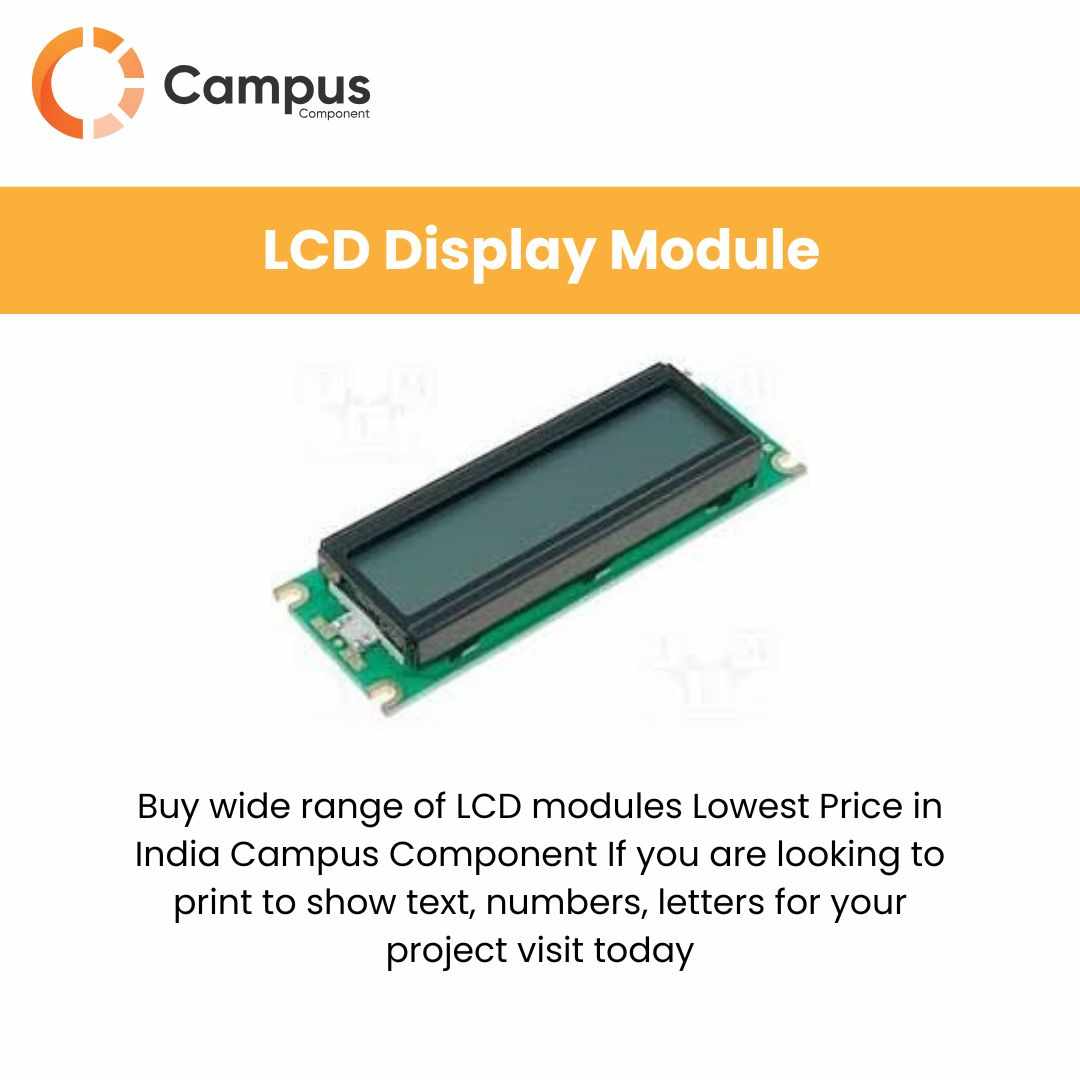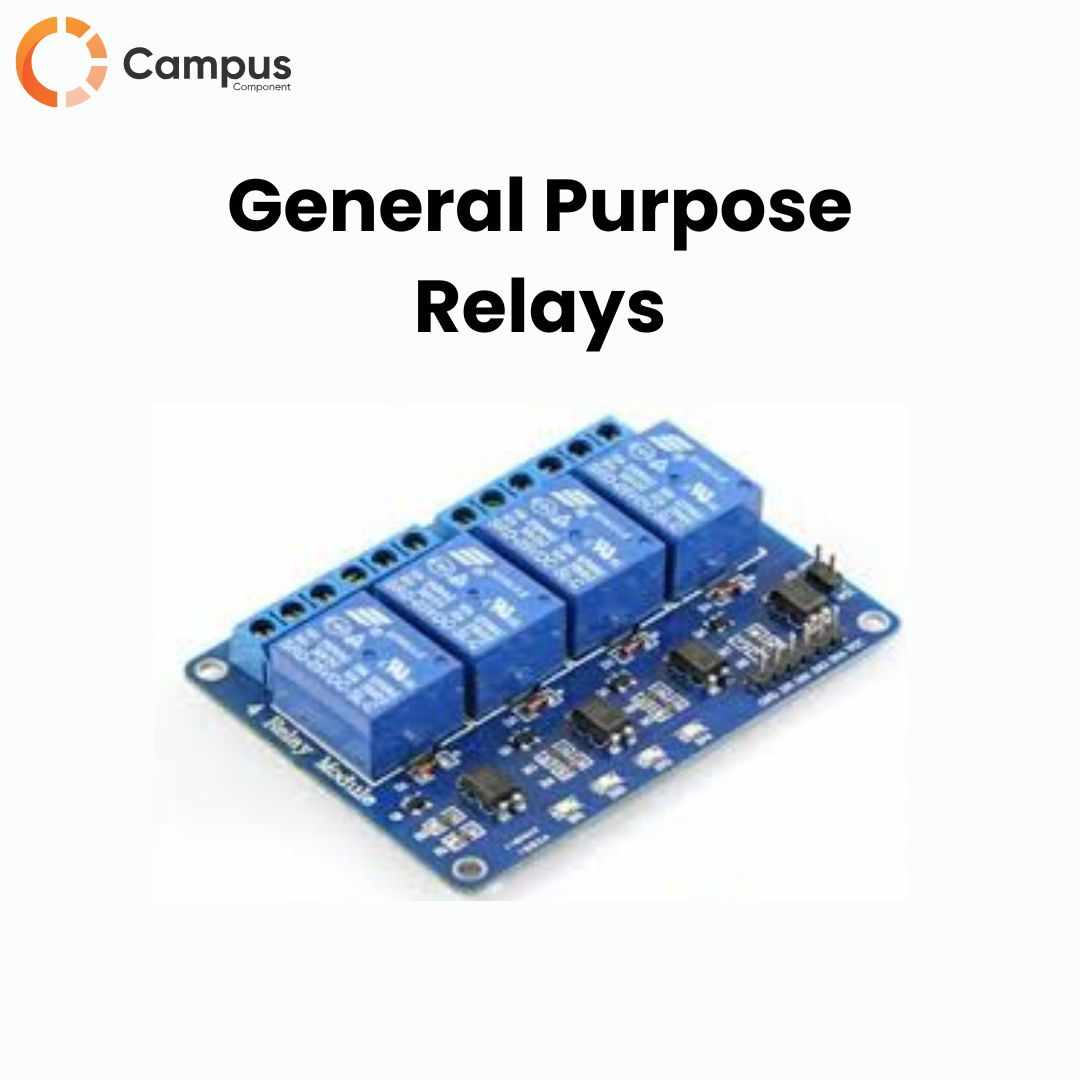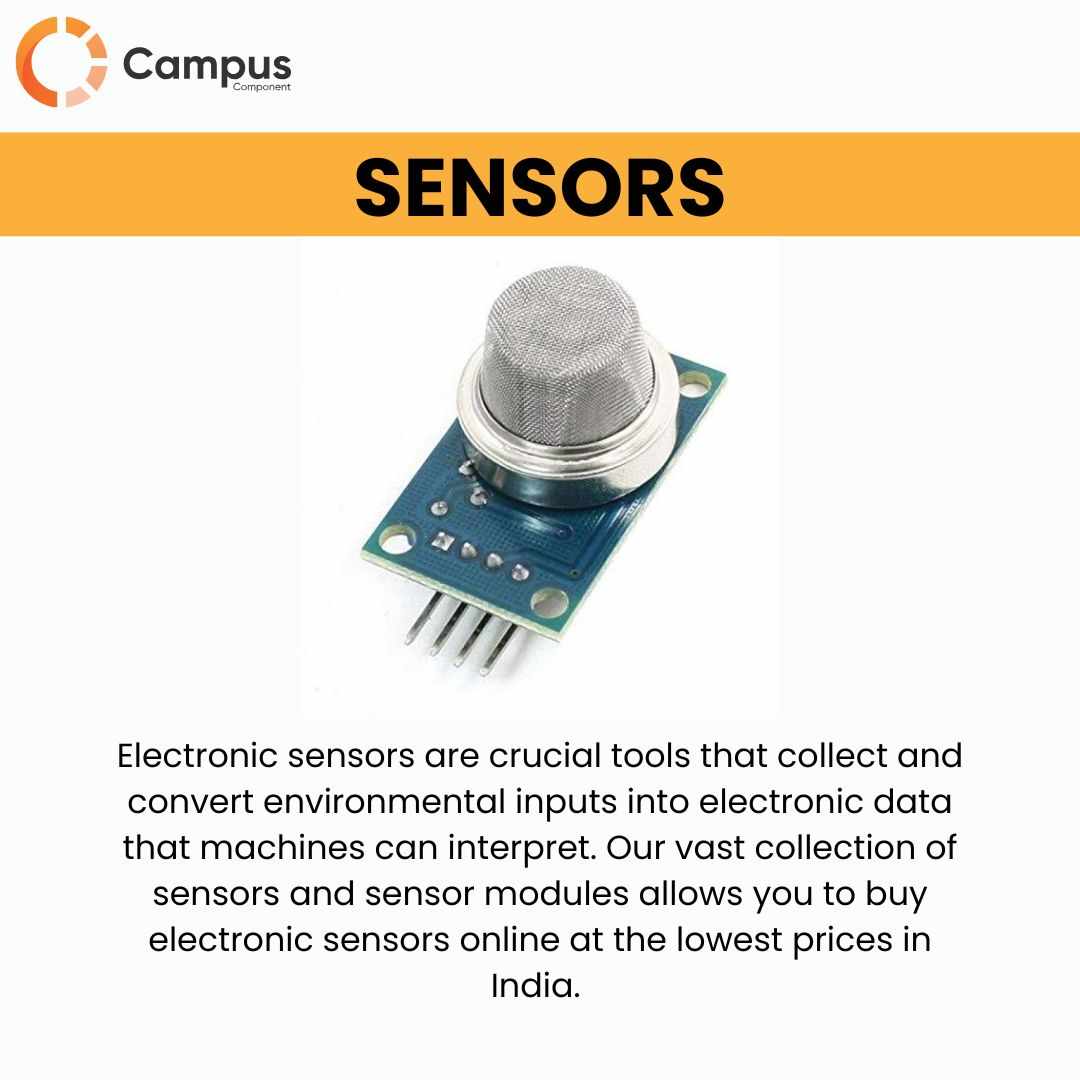Voltage regulator IC is a crucial component in modern electronic circuits, ensuring stable and reliable voltage levels for a wide range of devices. Whether you are designing small gadgets, industrial equipment, or advanced power systems, a voltage regulator IC helps maintain consistent performance by controlling fluctuations in input voltage. Understanding its functions, types, and applications is essential for engineers, hobbyists, and electronics enthusiasts alike.
What is a Voltage Regulator IC?
A voltage regulator IC is an integrated circuit designed to automatically maintain a constant voltage level. It acts as a safeguard against voltage spikes, drops, and other inconsistencies in power supply. By doing so, it protects sensitive components, enhances device lifespan, and ensures efficient energy usage.
Modern electronics heavily rely on voltage regulator ICs due to their compact design, ease of integration, and ability to deliver high performance even in complex circuits. For instance, [smps voltage] circuits often use these ICs to achieve stable output despite variations in input voltage, making them indispensable in switching power supplies.
Types of Voltage Regulator ICs
Voltage regulator ICs come in various forms, each tailored for specific applications. The most commonly used types include:
1. Linear Voltage Regulators
Linear regulators provide a steady output voltage by dissipating excess voltage as heat. They are simple to implement, low-cost, and offer minimal noise, making them ideal for audio equipment, sensors, and low-power devices.
2. Switching Voltage Regulators
Switching regulators, including buck, boost, and buck-boost converters, are highly efficient as they convert voltage levels using energy storage elements like inductors and capacitors. These regulators are perfect for high-power applications, battery-operated devices, and energy-efficient systems.
3. Low Dropout Regulators (LDOs)
LDO regulators are a type of linear regulator that operate with a minimal input-to-output voltage difference. They are commonly used in portable electronics where battery efficiency and minimal heat generation are critical.
Key Features of Voltage Regulator ICs
Voltage regulator ICs offer several essential features that make them versatile and reliable:
Overcurrent Protection: Prevents damage to the IC and connected components by limiting current flow.
Thermal Shutdown: Automatically turns off the IC if it overheats, ensuring safety.
Voltage Accuracy: Maintains precise voltage output to support sensitive electronic circuits.
Compact Design: Easily integrates into small devices and complex circuit boards.
Applications of Voltage Regulator ICs
The applications of voltage regulator ICs span across multiple industries and devices:
1. Consumer Electronics
Voltage regulators are widely used in smartphones, tablets, laptops, and gaming consoles to maintain consistent voltage for processors, memory modules, and display units.
2. Industrial Automation
In industrial machinery, voltage regulator ICs ensure the smooth operation of control circuits, sensors, and communication devices under varying voltage conditions.
3. Automotive Electronics
Automobiles rely on voltage regulators for systems such as infotainment, navigation, and safety devices to handle power fluctuations from batteries and alternators.
4. Power Supply Units
Voltage regulators are integral to SMPS and other power supply units, where maintaining stable voltage is crucial for energy efficiency and device longevity.
5. Renewable Energy Systems
In solar panels and wind turbines, voltage regulators help manage energy output and deliver consistent power to storage batteries and connected devices.
Advantages of Using Voltage Regulator ICs
Incorporating voltage regulator ICs in your design offers several benefits:
Enhanced Device Safety: Protects sensitive electronics from voltage spikes.
Reliable Performance: Provides consistent voltage output for stable operation.
Energy Efficiency: Reduces power wastage in high-efficiency systems.
Simplified Circuit Design: Eliminates the need for complex external circuitry to manage voltage.
Tips for Choosing the Right Voltage Regulator IC
Selecting the ideal voltage regulator IC requires careful consideration of your project’s requirements:
Determine Voltage Needs: Identify input and output voltage ranges for your device.
Assess Current Requirements: Ensure the IC can handle the maximum current load.
Consider Efficiency: Choose switching regulators for high-power applications and LDOs for low-power circuits.
Check Thermal Performance: Evaluate heat dissipation to prevent overheating issues.
Look for Additional Features: Features like overcurrent protection, enable pins, and soft-start functionality can enhance performance.
Conclusion
Voltage regulator ICs are indispensable components that ensure the stable and efficient operation of electronic devices across industries. From consumer electronics to industrial automation and renewable energy systems, these ICs provide reliable voltage control and protection. Choosing the right type of voltage regulator IC and understanding its applications can significantly improve device performance, safety, and longevity. Campus Component offers a wide range of high-quality voltage regulator ICs suitable for diverse electronic projects, making it easier for engineers and designers to achieve optimal power management.





Write a comment ...